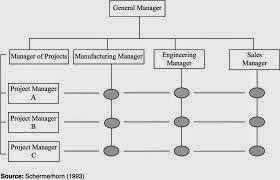COMPARING MOTIVATION THEORY
"Motivation"
is a Latin word, meaning "to move". Human motives are internalized
goals within individuals. Motivation may be defined as those forces that cause
people to behave in certain ways. Motivation encompasses all those pressures
and influences that trigger, channel, and sustain human behavior. Most
successful managers have learned to understand the concept of human motivation
and are able to use that understanding to achieve higher standards of
subordinate work performance.
Motivation
has been defined by Michael J Juices as "the act of stimulating someone or
oneself to get a desired course of action".
In
the words of Lewis Allen, "Motivation is the work a manager performs to
inspire, encourage and impel people to take required action"
Basis
|
HIEARARCHY OF NEEDS
|
ERG THEORY OF MOTIVATION
|
i)Definition
|
Suggest that people must satisfy five groups
of needs in order.
|
Suggest that people must satisfy five groups
of needs in order.
|
ii)
Categories
|
Physiological, security, belongingness,
esteem, and selfactulization.
|
Existence, relationship and growth.
|
iii)Developed
by
|
Abraham Maslow
|
Clayton Alderfer
|
iv)
Emphasis
|
People tend to satisfy their needs in a
specified order, from the most to the least basic.
|
There is just the element of frustration
–regression .
|
v)Higher
needs
|
Self actualization
|
Growth needs.
|
vi)
Lower needs
|
Physiological Needs
|
Existence needs.
|
vii)Figure
|
Below
|
Below
|


Comments